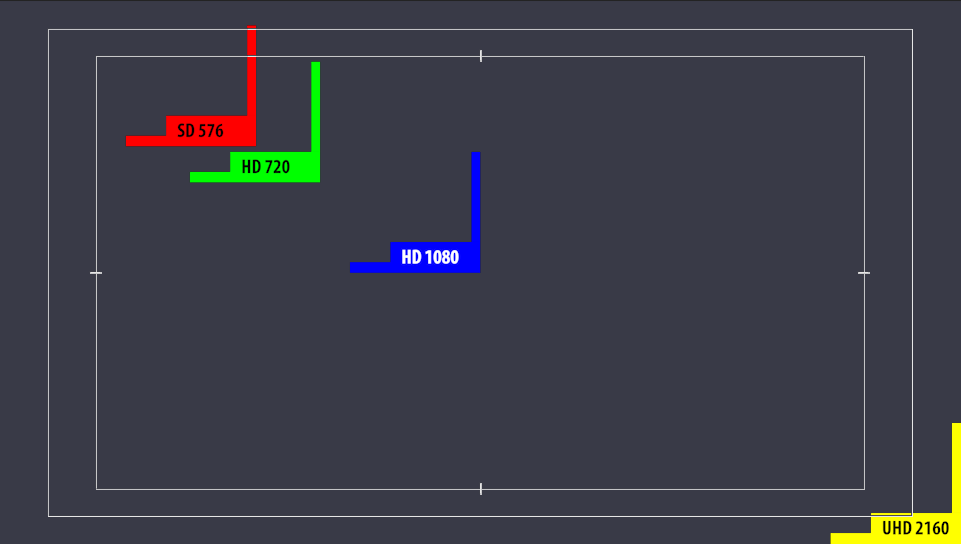Deviating resolution or frame rate
Standards have been set within the European television (broadcast) industry that footage files and video signals must comply with. Such as image resolutions standards; usually quoted as width x height, with the units in pixels (px). And frame rate standards; the frequency (rate) at which consecutive images called frames appear on a display, expressed in frames per second or fps (see What is frame rate for more information). Additionaly these frames are of two types: 1) "progressive", indicated with a "p" and 2) "interlaced", indicated with an "i". This "i" or "p" is always noted after the frame rate, or after a resolution number. This is to indicate what kind of frame it is. The terms "progressive and interlaced" are explained in detail in What are fields.
These agreed standards enable us to continue to guarantee good quality within the broadcast industry. One or more of the video files supplied does not meet this (European) standard. We would like to receive a new export of the video that meets the following standard:
FIXED VIDEO STANDARDS
- In terms of resolution, the video file must have an aspect ratio of 16:9 in 1 of the following resolutions: 1280x720 (HD 720p), 1920x1080 (Full-HD 1080i/p), 3840x2160 (Ultra-HD 2160p).
- The frame rate of this TV channel is 50i. So the following frame rates give the best display results: 25p, 50i or 50p. We can also process the following deviating frame rates; Frame rates used in the American TV industry: 23.97p, 29.97p, 59.94i, 30p, 59.94p or 60p. And frame rates used in the film industry: 24p. Although we can also ingest these deviating frame rates well, the results will be less fluid because a frame rate conversion must take place. More information about framerate conversions can be found in Frame rate conversion hitches.
It is very important that in the entire production process all frame rate settings have the same value. So recording (camera settings), processing (editing and effect settings) and the final output of a video file (export, render or save settings) must be at the same frame rate. Otherwise there will be hitches in movements of the video, due to different frame rate conversions. As a result we cannot process and display the video smoothly. For more information, see the explanation Frame rate conversions in video production.



